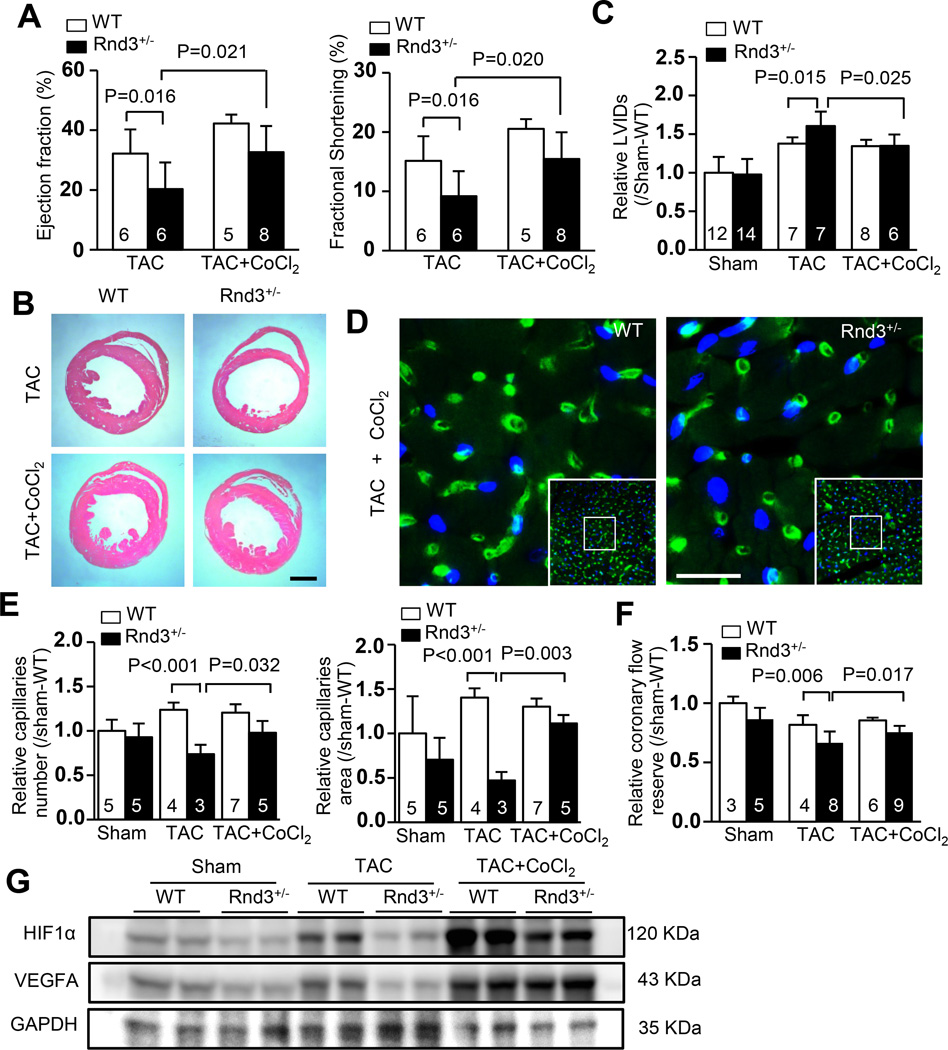Figure 5. Rnd3 deficiency-mediated angiogenesis defect and dilated cardiomyopathy were attenuated by CoCl2 admission.
(a) The repressed ejection fractions and fractional shortenings of the Rnd3+/− mice after TAC were significantly improved by CoCl2 treatment assessed by echocardiography. Along with the improved cardiac function, the enlarged ventricle chamber phenotype was lessened; displayed by the heart sections with H&E staining (b), and confirmed by echocardiography analysis (c). Scale bar represents 1 mm. (d) Isolectin staining showed an increased number of capillaries (green) in the post-TAC Rnd3+/− heart after CoCl2 treatment. Scale bar represents 12.5 µm. (e) The improvement of capillary density was quantified (LAS V4.0 software, Germany) and presented as capillary number and capillary area. Nuclear DAPI staining was shown in blue. (f) The reduced coronary flow reserve in the Rnd3+/− mice after TAC was recovered by CoCl2 administration. (g) Immunoblots revealed increased HIF1α and VEGFA protein expression levels after CoCl2 treatment in both Rnd3+/− and WT mouse hearts. LVIDs: left ventricular internal dimension in systole. The numbers in the columns represented the number of mice in each group.

